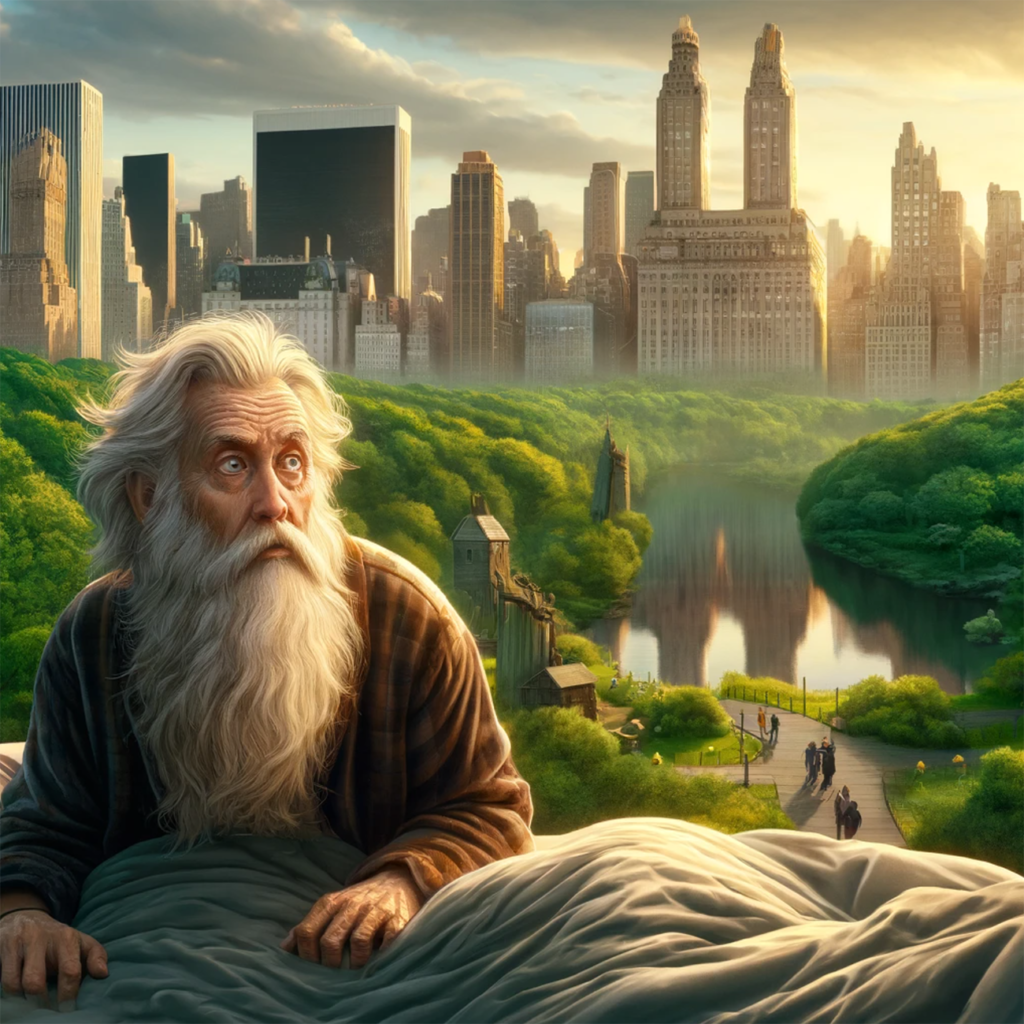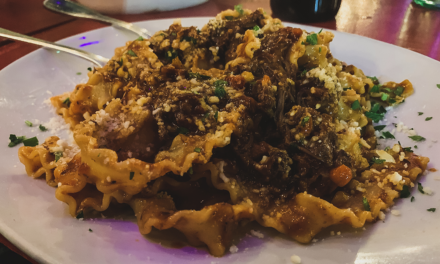One of America’s most beloved authors, Washington Irving has left an indelible mark on American literature and culture.
Known for his captivating stories, historical writings, and unique blend of humor and pathos, Irving’s work continues to resonate with readers today.
Let’s explore this literary giant’s life, career, and enduring legacy.
Table of Contents
Early Life and Education
Washington Irving was born in the great New York City on April 3, 1783.
He was the youngest of eleven children in a prosperous merchant family.
Named after George Washington, Irving showed an early interest in literature and writing. Despite his family’s hopes for him to pursue a career in law, Irving was more drawn to the world of letters.
Irving’s early education was sporadic, but he was an avid reader.
His passion for storytelling and his observations of the bustling city around him would later fuel his literary works. In his teenage years, he traveled up the Hudson River, a journey that inspired many of his later stories.
Literary Career Beginnings
Irving’s literary career began with a series of satirical essays titled “Salmagundi,” published in 1807.
Co-written with his brother William and friend James Kirke Paulding, these essays were well-received and showcased Irving’s wit and humor. However, his 1809 work, “A History of New York,” written under the pseudonym Diedrich Knickerbocker, established his reputation as a writer.
This humorous and fictionalized account of New York’s early history was a commercial success and introduced the character of Knickerbocker, a name still associated with New York to this day.

European Influence and “The Sketch Book”
In 1815, Irving traveled to Europe, significantly influencing his writing.
He spent 17 years abroad, during which he wrote some of his most famous works. It was in England that he penned “The Sketch Book of Geoffrey Crayon, Gent.” from (1819-1820), which included the iconic stories “Rip Van Winkle” and “The Legend of Sleepy Hollow.”
These tales, set in the Hudson Valley, blended European folklore with American settings and characters, creating a unique narrative style that captivated readers on both sides of the Atlantic.
“The Sketch Book” was a monumental success, earning Irving widespread acclaim and financial stability. It also helped bridge the gap between American and European literature, establishing Irving as a major literary figure.
Historical Works and Later Career
Irving’s later career saw a shift towards historical writing.
He wrote a comprehensive biography of Christopher Columbus in 1828, which was well-researched and widely read. Inspired by his time in Spain, he followed this with “The Conquest of Granada” (1829) and “Tales of the Alhambra” (1832).
In 1835, Irving returned to America and continued his literary pursuits. He published “A Tour on the Prairies” (1835), an account of his travels in the American West, and began work on a multi-volume biography of George Washington, published between 1855 and 1859.
This extensive work further cemented his status as a leading figure in American letters.
Legacy and Impact
Washington Irving’s impact on American literature and culture is profound.
His blending of European literary traditions with American themes helped define the emerging American literary identity.
Irving’s use of humor, folklore, and vivid characterizations set a standard for future American writers.
Irving’s home, Sunnyside, located in Tarrytown, New York, has been preserved as a historic site, attracting visitors interested in his life and work. His stories, particularly “Rip Van Winkle” and “The Legend of Sleepy Hollow,” remain staples of American literature and have been adapted into various films, plays, and television shows.
Fun Things to Do Related to Washington Irving
- Visit Sunnyside: Explore Irving’s beautifully preserved home in Tarrytown, New York.
- Tour Sleepy Hollow: Discover the real-life village that inspired “The Legend of Sleepy Hollow.”
- Attend Literary Events: Participate in readings and events celebrating Irving’s works.
- Hudson River Valley Tours: Follow the scenic routes that inspired Irving’s stories.
Q&A: Common Questions About Washington Irving
Q: What inspired Washington Irving to write “The Legend of Sleepy Hollow”?
A: Irving was inspired by the Dutch folklore of the Hudson Valley and his own travels in the region. The story reflects his fascination with ghostly tales and local legends.
Q: How did Washington Irving contribute to the image of Santa Claus?
A: Irving’s “History of New York” described a jolly St. Nicholas figure who flew over the rooftops, laying the groundwork for the modern depiction of Santa Claus.
Q: What themes are prevalent in Irving’s works?
A: Common themes include the clash between old and new worlds, the supernatural, the importance of history and tradition, and the humorous aspects of human nature.
Q: Why is Washington Irving considered a pioneer in American literature?
A: Irving was one of the first American writers to gain international fame. His works helped shape the American literary voice, blending humor, history, and folklore in ways that resonated widely.
The Future of Washington Irving’s Legacy
As we continue to celebrate and study Irving’s works, his influence remains evident in modern literature and popular culture.
His timeless stories and unique narrative style ensure that Washington Irving’s legacy will endure, inspiring new generations of voracious readers and elaborate writers to explore the drama of American folklore and history.





